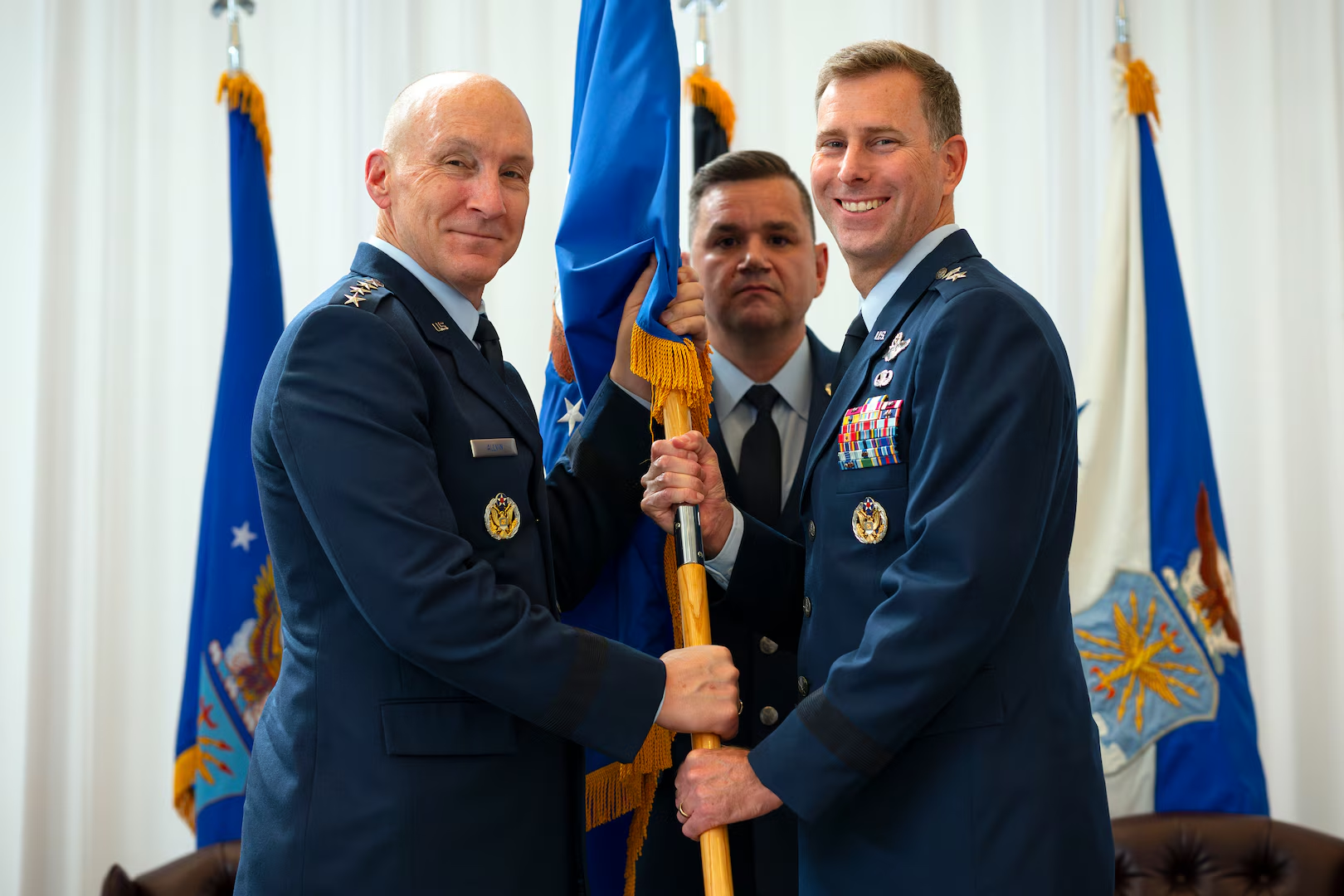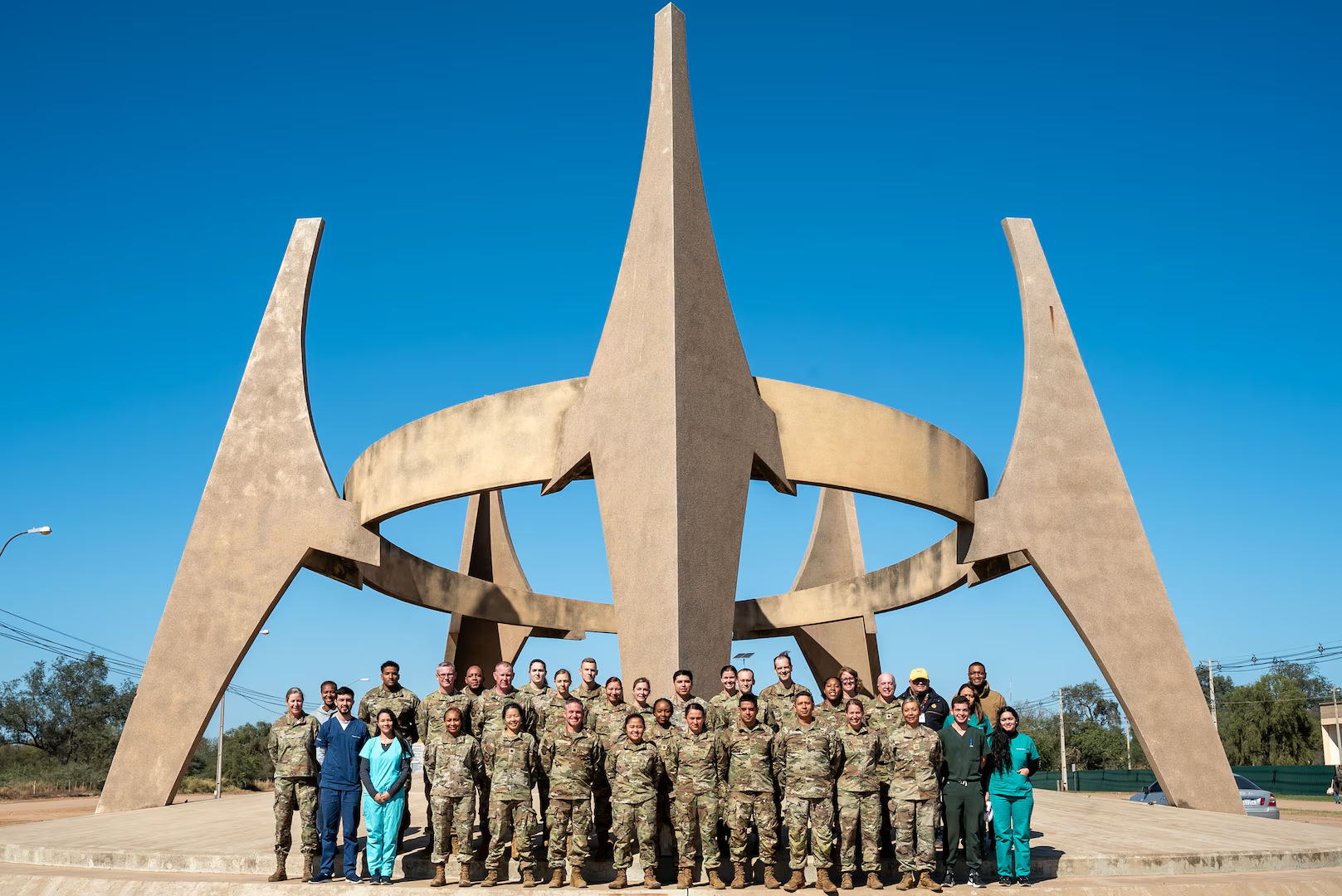Air Forces Southern (AFSOUTH), the aerial component of US Southern Command (SOUTHCOM), was elevated to Service Component Command on 11 September. During the ceremony at Davis-Monthan Air Force Base, Arizona, Major General David Mineau also became the AFSOUTH’s new commander.
The Air & Space Forces Association organized its annual Air, Space, and Cyber Conference on 16-18 September. On the first day, US Air Force Chief of Staff General David Allvin participated in a media roundtable, which the author of this analysis attended. When asked about the meaning of the elevation of several units, including Air Forces Southern, to Service Component Commands, General Allvin explained, “I want to be able to clearly articulate who works for the entire institution and who really works operationally for the service’s components.” He explained that the US Air Force has “two types of commands at the senior level: the service component commands, which report administratively to me and operationally to the combatant commands, and institutional commands.”

He added that up to recently, there were “all sorts” of forces. “We have service component command Pacific Air Forces (PACAF), a four-star command that reports directly to me administratively.” Meanwhile, “on the other end of the spectrum was AFSOUTH, which was not a full-up component command. it was a numbered air force underneath a major command.” By elevating commands like AFSOUTH to the same level as PACAF, the service can “present forces to the combatant commands and talk on a service level.”
AFSOUTH told the author that the elevation “does not make much of an impact on SOUTHCOM, so much as it realigns the numbered Air Forces with the overall Great Power Competition (GPC) initiative.” One positive development is the establishment of “direct lines of communication between the Component Commander and the Chief of Staff of the Air Force” regarding administrative control and service-related matters as described in Joint Publication 1 Doctrine.
SOUTHCOM has a vast Area of Responsibility (AOR), encompassing 31 countries, 12 dependencies, the waters of the Caribbean Sea, Eastern Pacific & South Atlantic down to Antarctica. Ships assigned to the US Fourth Fleet, the command’s naval component, and US Coast Guard Cutters are very active in searching for vessels transporting illegal contraband (the famous narco-boats and narco-submarines).
Air Forces Southern also has a broad number of activities across the AOR. One major objective is helping regional militaries prepare for humanitarian assistance/disaster relief (HA/DR) missions. On 9-11 October, three US Air Force Medical Service personnel participated in the first aeromedical transport conference organized by the Colombian Air Force. US Air Force and Army medics also recently trained 25 Paraguayan first responders in a joint Tactical Combat Casualty Care. The deployment was part of Phase II of the AMISTAD24 medical assistance mission. Moreover, between 16-19 July, US Air Force pilots & aeromedical evacuation nurses collaborated with Ecuador’s Air Force to prepare for future HA/DR emergencies.

One important aspect to remember is that most Latin American and Caribbean governments have cordial relations with the United States. Hence, militaries like to train and meet with their US counterparts, including the Air Force. This past August, AFSOUTH hosted 11 nations for multinational exercise Panamax 2024.
Moreover, high-level meetings and conferences occur routinely, which serve as effective confidence-building mechanisms to promote military-to-military partnerships. On 18-20 June, Air Force leaders from the Western Hemisphere met in Argentina for the 64th Conference of the American Air Chiefs (Conferencia de los Jefes de las Fuerzas Aéreas Americanas: CONJEFAMER). Chief of Staff General Allvin attended the three-day conference, saying it is “an exceptional forum for enhancing our shared security objectives while generating mutual trust and understanding.”
Two months later, on 26-29 August, Central American and Caribbean Air Chiefs met at the headquarters of Air Forces Southern in Arizona. A total of 13 regional military commanders, plus the US, attended the conference: Antigua and Barbuda, Belize, Colombia, Guatemala, Costa Rica, Dominican Republic, Honduras, Jamaica, Suriname, Guyana, Mexico, Panama and El Salvador. The conference addressed “transboundary challenges, climate resiliency, interoperability in air integration, force development and talent management.”

Ultimately, Air Forces Southern will continue to “deter aggression, defeat threats, rapidly respond to crises, and work with our allies and partner nations to build regional capacity” across the Western Hemisphere, the new Service Component Command told the author.
Wilder Alejandro Sánchez is an analyst who focuses on international defense, security, and geopolitical issues across the Western Hemisphere, Central Asia, and Eastern Europe. He is the President of Second Floor Strategies, a consulting firm in Washington, DC, and a non-resident Senior Associate at the Americas Program, Center for Strategic and International Studies. Follow him on X/Twitter: @W_Alex_Sanchez.
You may also like: U.S. Air Force deploys F-16 Block 50 fighters specialized in air defense suppression to the Middle East









